Vegetable Chow Mein
Today, we’re diving into the vibrant world of Vegetable Chow Mein, a flavorful dish that brings together a medley of crunchy fresh vegetable along with chewy noodles, tossed in a savory sweet sauce with wonderful umami flavors.
Vegetable Chow Mein is a popular Chinese dish that can be found at Chinese takeouts and restaurants all over North America. Now you can whip together this delicious noodle dish at home in under 15 minutes!
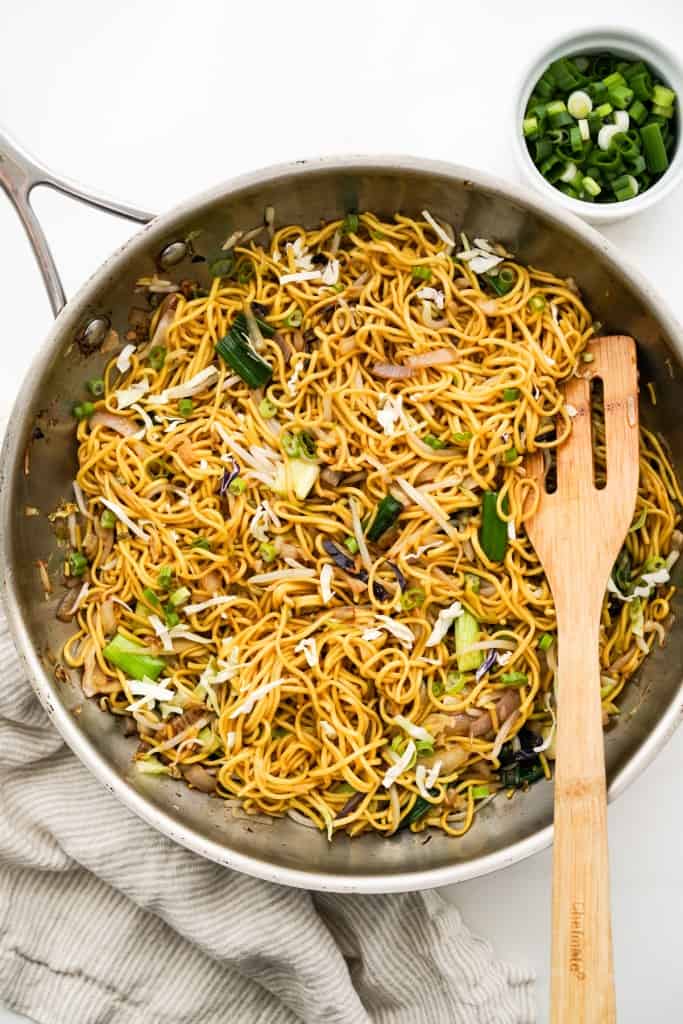
,If you love a good noodle dish, don’t forget to also check out Chicken Lo Mein, Rice Noodle with Peanut Sauce, Ramen Noodle Stir Fry, Mongolian Beef Noodles, and Garlic Noodles with Shrimp. They are some of the best noodle dishes out there and you don’t want to miss it!
What is Vegetable Chow Mein
Chow mein basically means ‘fried noodles‘ in Mandarin. The terms is widely use in North America to refer to a specific fried noodle dish which is typically involve a chewy type of yellow egg noodle.
You can find chow mein dish in Panda Express, Pei Wei, and at pretty much any of your favorite Chinese restaurants.
The truth is, you can make vegetable chow mein using any types of noodles. Vegetable chow mein is simply a noodle dish tossed with a medley of vegetables, and it tends to be a fairly dry noodle dish.
Vegetable chow mein is tossed in a sauce when it is cooked, but it is not saucy when it is done, as the noodles would have absorbed most of the sauce before it is fully cooked.
The result is a delicious noodle dish with great flavor and texture. And if you were to ask me, the real secret is in the sauce.
And you bet I have a BOMB sauce in my vegetable chow mein recipe.
It’s a gorgeous balance of savory, sweet with umami flavors that will send your tastebuds into a happy dance.
We are very serious about our sauces around here and I promise you this will be the best vegetable chow mein ever. And you won’t look at the vegetable chow mein at your favorite take out place the same way again ever.
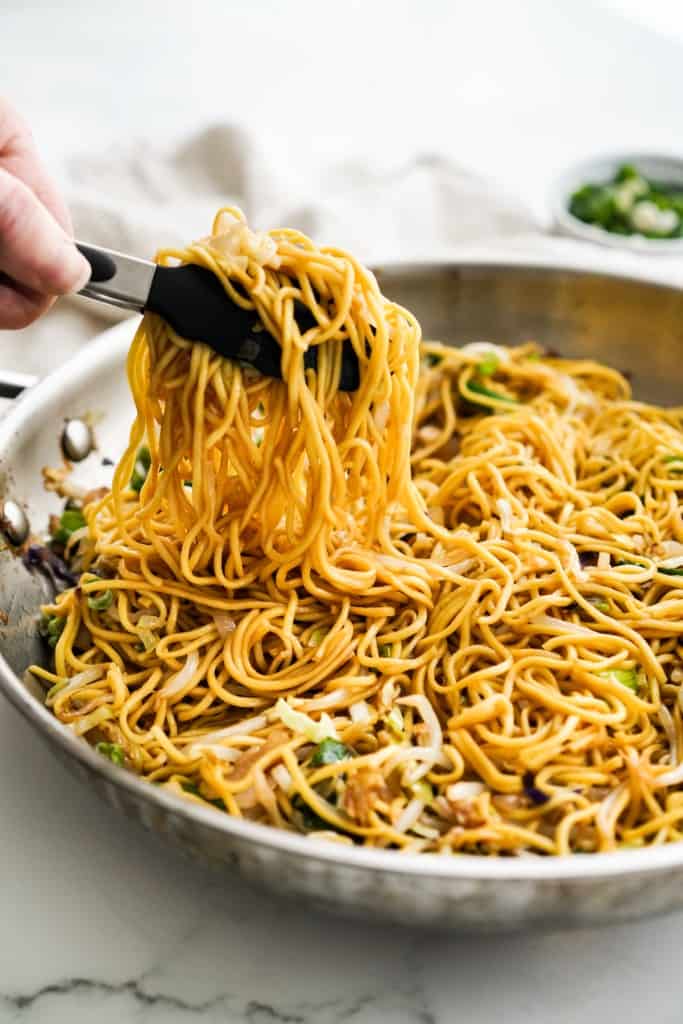
Ingredients
Here are the ingredients you will need to make vegetable chow mein:
- chow mein noodles – you should be able to find chow mein noodles in the Asian aisle of your local grocery store. It usually comes in dry package form, and you’ll need to boil the noodles in water to soften it. If you are having a hard time finding them, use other noodles such as ramen noodles (just throw out the seasoning packet), lo mein noodles or even spaghetti noodles.
- garlic and shallot – our ever faithful ingredients that add so much flavor and fragrance. I am getting hungry just thinking about them! In a pinch, you can use onions instead of shallots, but I think shallots give chow mein a more authentic flavor.
- cabbage, bean sprouts, and green onions – keeping this vegetable chow mein simple with these ingredients. You should be able to find pre-shredded cabbage in the produce section of your local grocery store. You can always chop a head of cabbage instead of using pre-shredded if you prefer. Bean sprouts can also be found in the produce area. As for the green onions, you can just give them a rough chop to prep them for the dish.
- oyster sauce – this is a widely used sauce in Chinese cooking as it adds lots of umami flavor. Don’t be put off by the name – it is neither made from oysters nor tastes like oysters. It is an important ingredient to make the sauce for this vegetable chow mein as it brings a unique flavor that is hard to substitute to achieve. You should be able to find it near the soy sauce in your grocery store.
- soy sauce – any soy sauce or soy sauce alternative will work well.
- sesame oil – a nutty flavored oil that brings a unique umami flavor to our vegetable chow mein.
- rice cooking wine – not be be confused with rice vinegar. I like to use a popular Chinese cooking wine, Shaohsing wine, that is found in a lot of authentic Chinese dishes.
- granulated sugar
How to Make It
To make veggie chow mein, you will need either a large skillet (8′-10′ inch wide) or a wok. Make sure you have a large surface skillet or wok to work with so you can toss and cook everything evenly.
Combine sauce: To start, bring together oyster sauce, soy sauce, sesame oil, rice cooking wine and granulated sugar. Mix to combine and set aside.
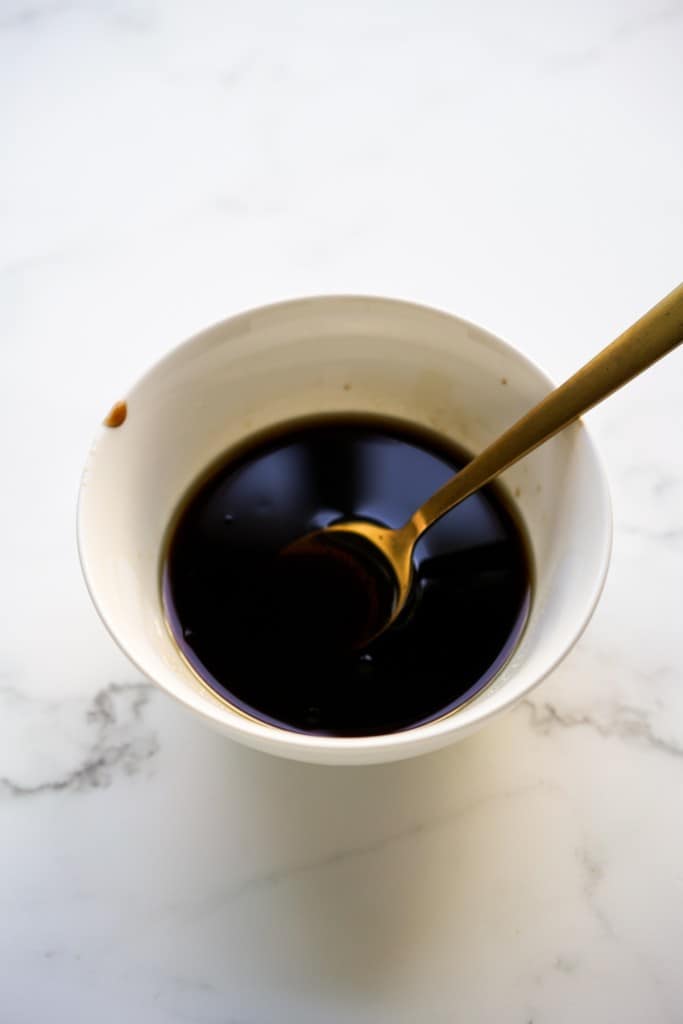
Prep Your Veggies: Wash all the vegetables, thinly sliced cabbage and chop green onions into 2-inch pieces. Slicing them thinly and into smaller pieces ensures they cook evenly and quickly. To make the process easier, buy pre-shredded cabbage.
Cook the Noodles: Boil the noodles in water according to the package instructions, then drain and set aside.
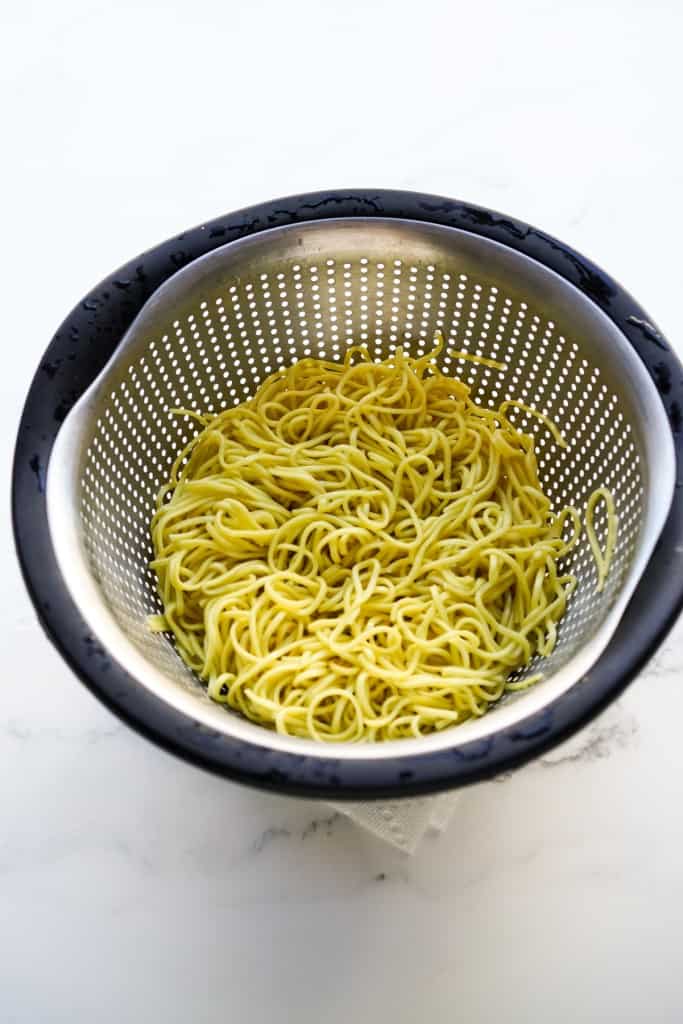
Stir-Fry the Vegetables: In a large wok or skillet, heat some oil under medium high/high heat. Once skillet is hot, add garlic and chopped shallots, and saute until fragrant and tender, but do not burn it. Next, add shredded cabbage and green onions. Stir-fry until they’re just tender.
Combine Everything: Add the cooked noodles to the vegetables, then add bean sprous. Pour in the sauce. Toss everything together until well combined. Once everything is combined, remove from heat promptly so that vegetable chow mein doesn’t get mushy.
Final Touches: Serve hot, garnished with more green onions, if desired.
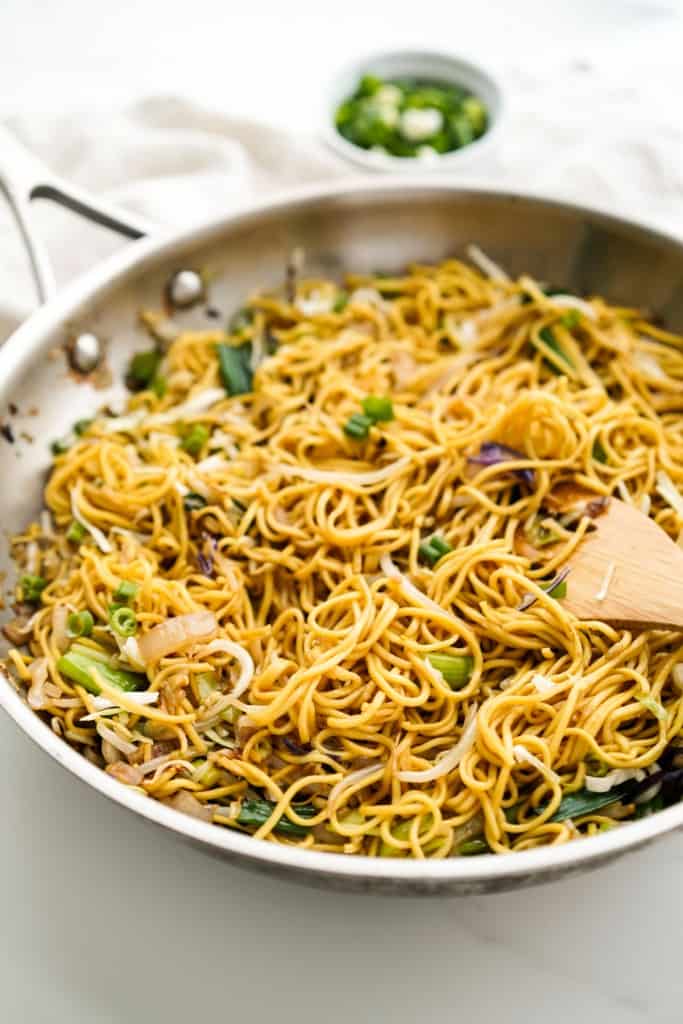
Stir Fry Tips and Tricks
- Cook on high heat: vegetable chow mein, as well as most stir fry dishes, cooks best on high heat. Make sure oil is hot before adding anything to the skillet.
- Process goes fast: because chow mein is cooked on high heat, it cooks quickly and the process does fast, which also means everything moves really fast once you start cooking.
- Easy reach: prep everything ahead of time and make sure all ingredients can be reached easily when you start cooking, since the process goes fast!
- Use large enough skillet: use a large skillet so that items can move around freely and cook evenly when stir frying.
Storage and Reheating
Storing Leftovers: Cool the Vegetable Chow Mein completely before storing it in an airtight container. It will keep well in the refrigerator for up to 5 days.
Reheating: Gently reheat the chow mein in a skillet over medium heat, adding a splash of water if needed to prevent drying out. Alternatively, microwave it for a couple of minutes, stirring halfway through.
Frequently Asked Questions
Yes! Add tofu, chicken, shrimp, beef to vegetable chow mein right after sauteing shallots and garlic.
You can add red pepper flakes, chili oil or sriracha to bump up the heat.
Yes! Although it will always taste the best fresh.
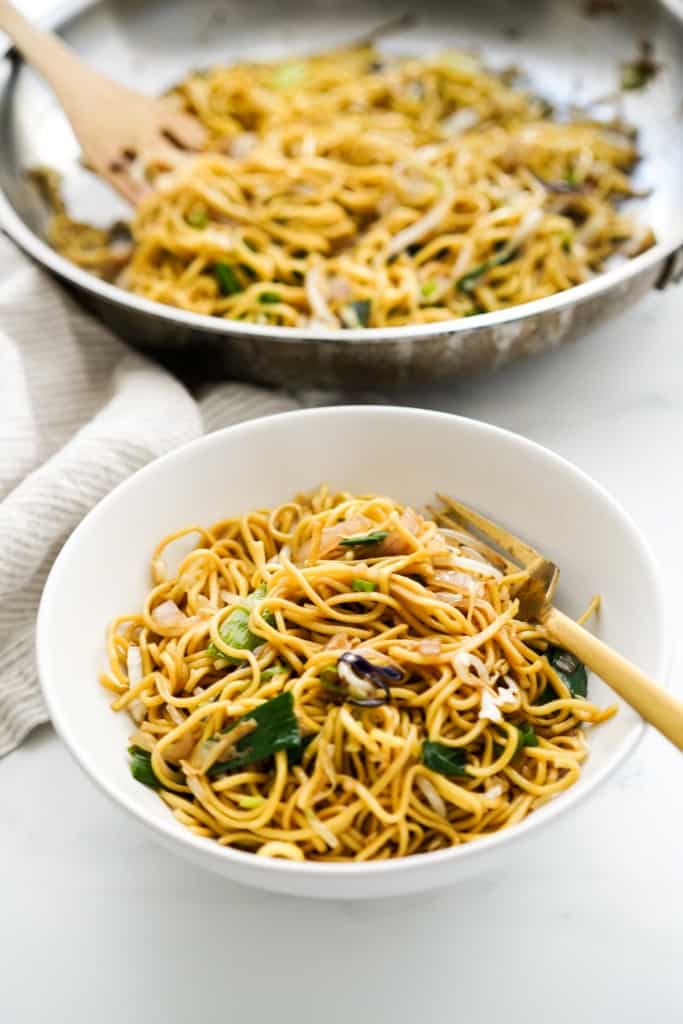
DID YOU ENJOY THIS RECIPE? Please comment below and give us a 5-star rating! This will help others find this recipe on Google and Pinterest. We very much appreciate your help! 🤍
More Noodle Recipes
- Tom Yum Fried Noodles
- Shrimp Stir Fried Noodles
- Pad See Ew Noodles
- Pad Thai Noodles
- Miso Noodle Soup
- Mee Goreng Mamak (Malaysian Fried Noodles)
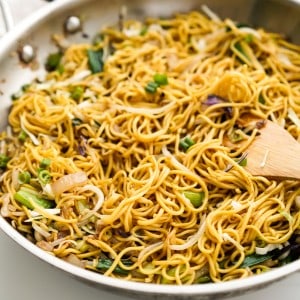
Vegetable Chow Mein
Ingredients
- 6 oz chow mein noodles dry
- 1 cup shallot sliced
- 2 cloves garlic minced
- 1 cup cabbage shredded
- 1 cup green onions sliced
- 1 cup bean sprouts
Sauce
- 2 tbsp oyster sauce
- 1 tbsp soy sauce
- 1 tbsp sesame oil
- 1 tbsp rice cooking wine
- 1 tsp sugar
Instructions
- Bring a pot of water to boil. Add chow mein noodles and boil according to package directions.
- Combine sauce ingredients in a small bowl. Set aside.
- Heat a large skillet or wok over high heat. Add 1 tbsp of vegetable oil.
- Once the oil is hot, add minced garlic and sliced shallots. Cook until fragrant and tender, but do not burn it.
- Add the cabbage and green onions to the skillet or wok. Cook just until cabbage is soft.
- Add the noodles and the sauce to the skillet or wok. Toss in bean sprouts.
- Toss to combine. Remove from heat. Serve and enjoy!
Notes
- Cook on high heat: vegetable chow mein, as well as most stir fry dishes, cooks best on high heat. Make sure oil is hot before adding anything to the skillet.
- Process goes fast: because chow mein is cooked on high heat, it cooks quickly and the process does fast, which also means everything moves really fast once you start cooking.
- Easy reach: prep everything ahead of time and make sure all ingredients can be reached easily when you start cooking.
- Use large enough skillet: use a large skillet so that items can move around freely and cook evenly when stir frying.


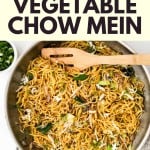
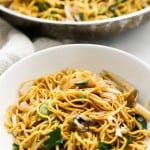

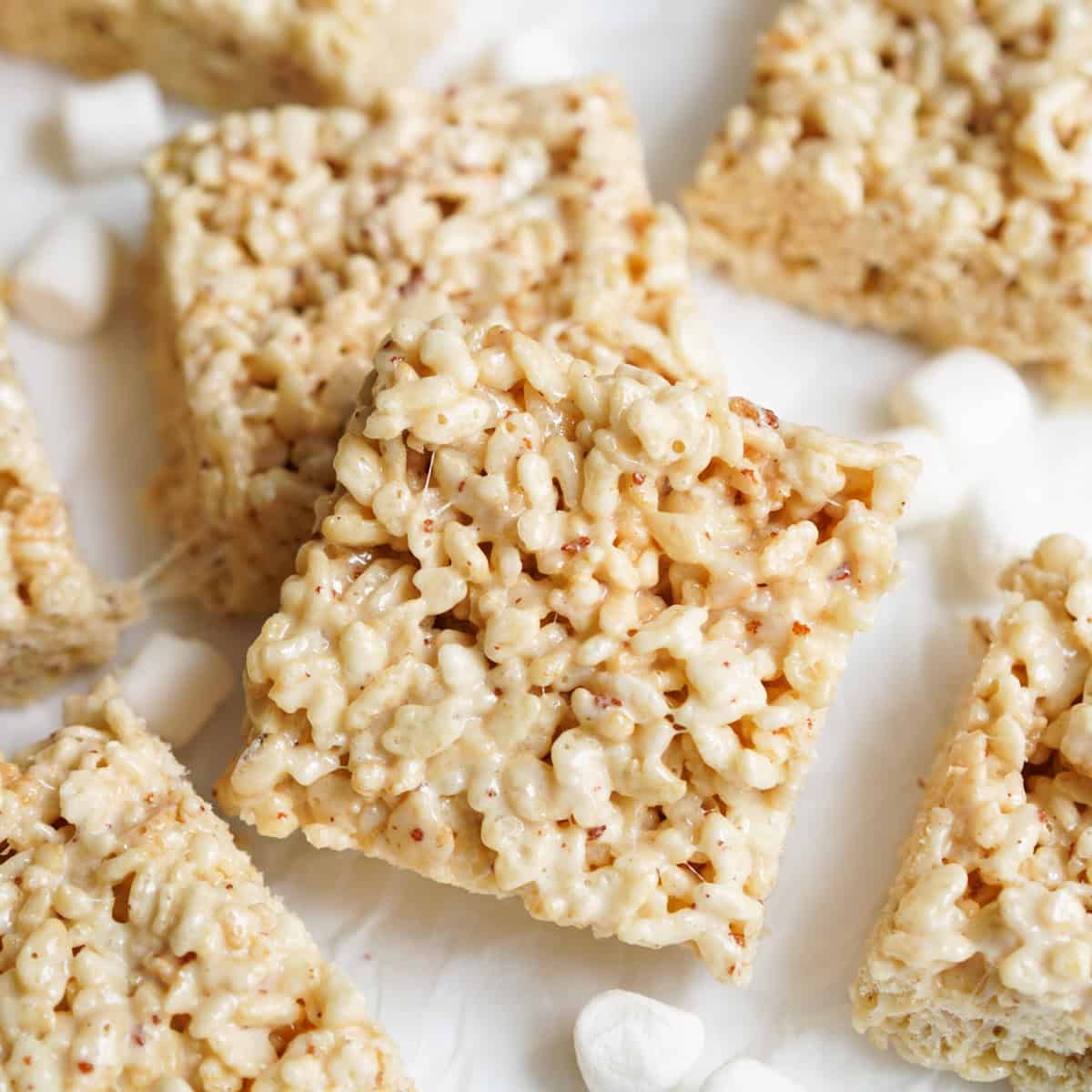
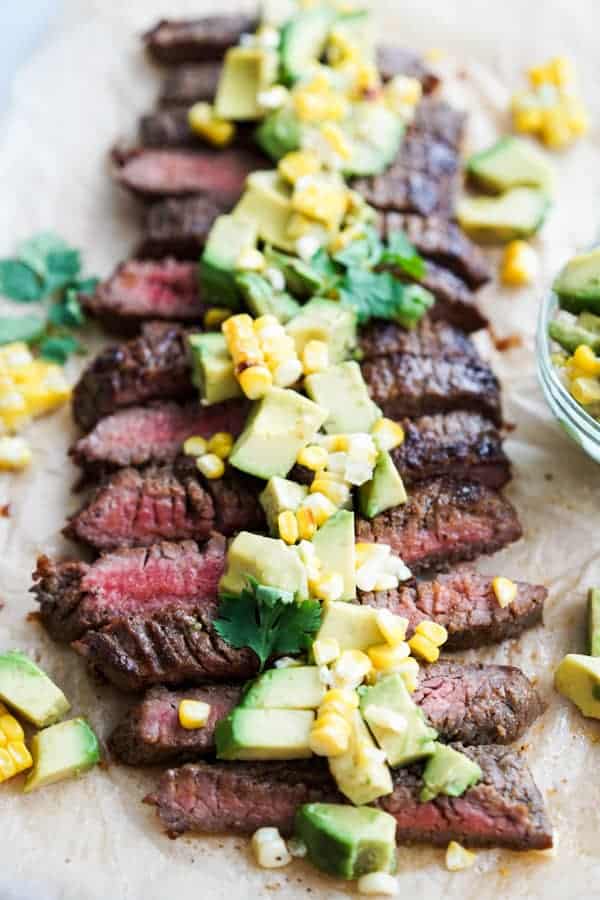
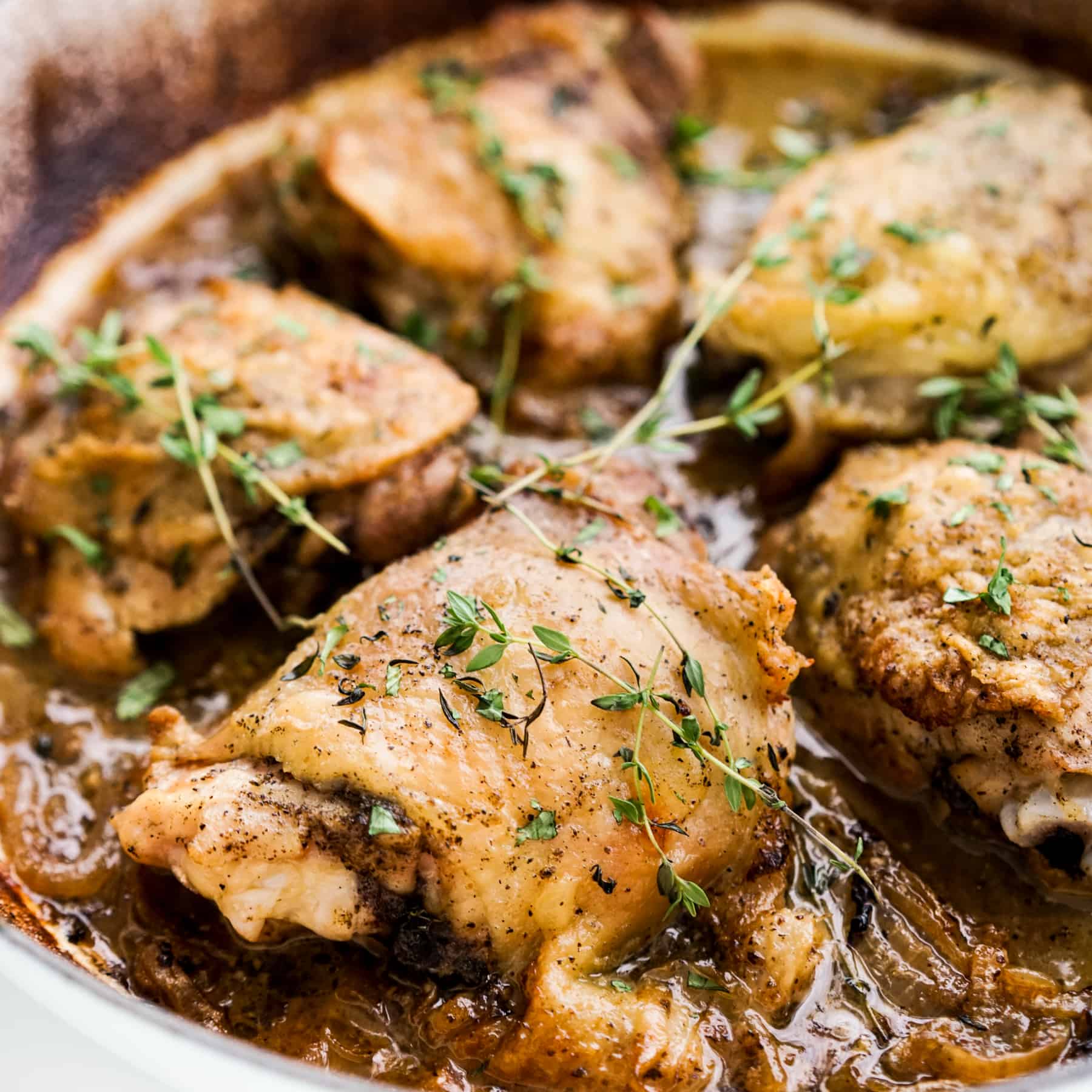
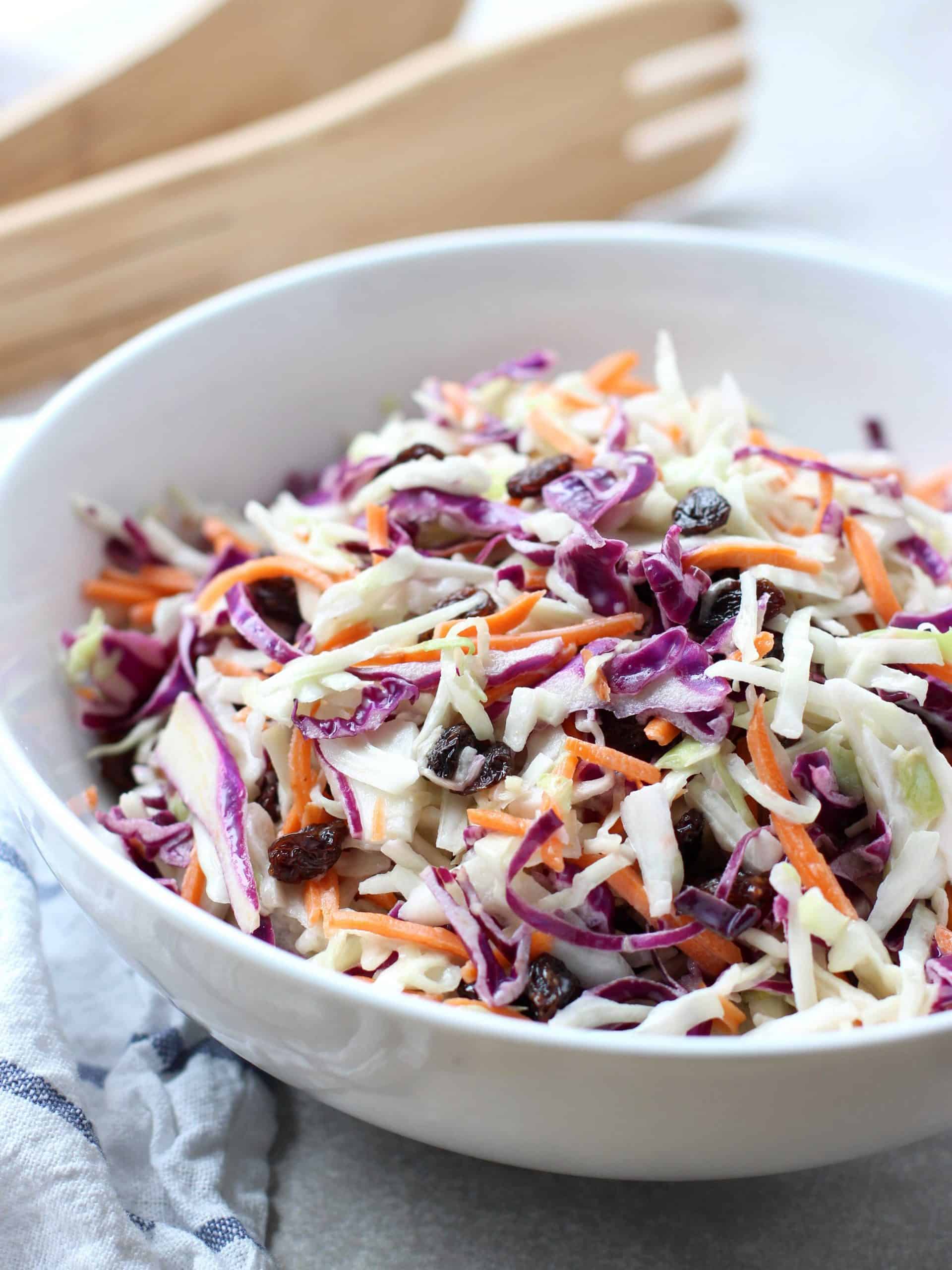
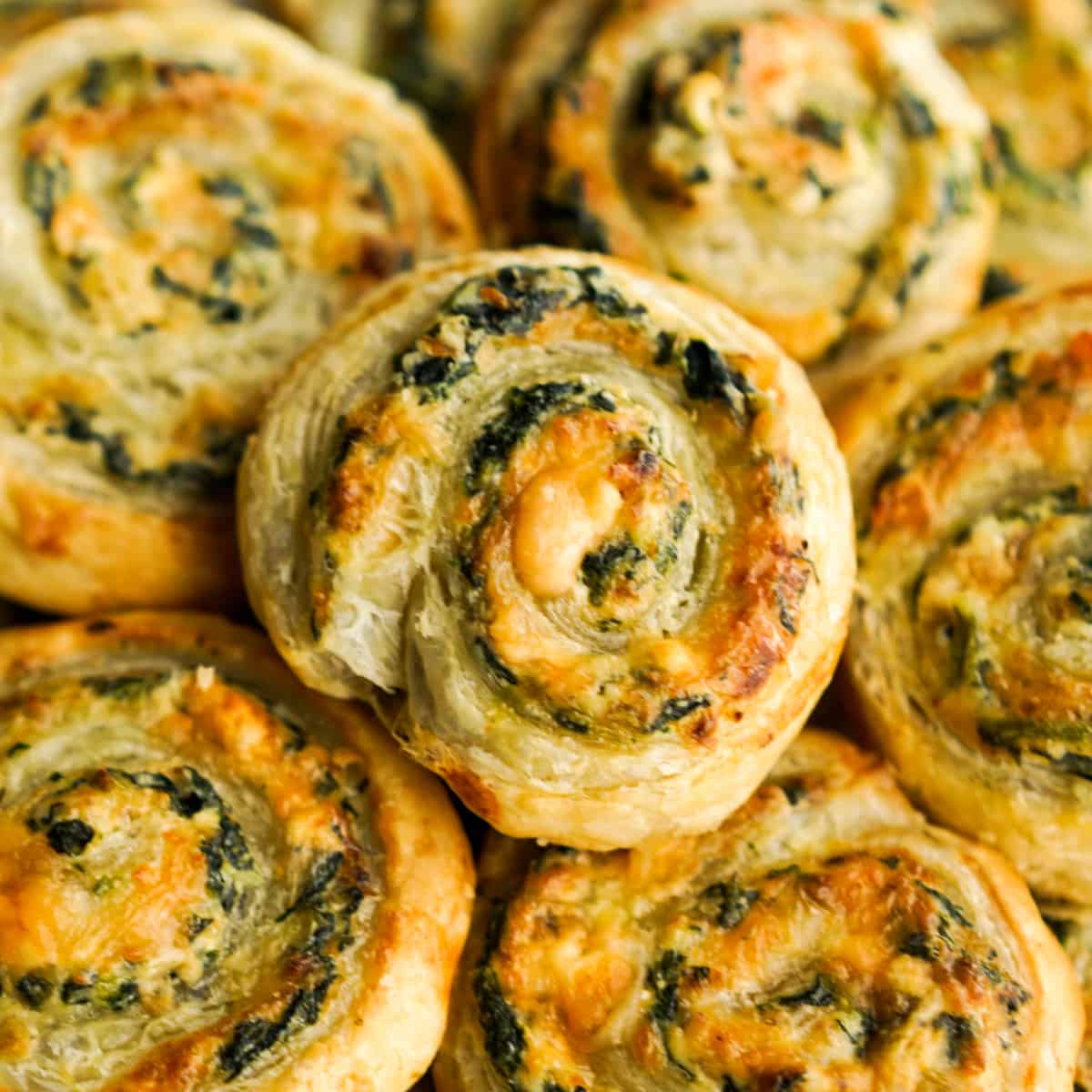

Thank you for this chow mein recipe! I love the amazing range of veggies and the flavor of the sauce was delicious! Thank you again so so much!
Thank you, Sonia! Happy to hear you enjoyed this recipe.
Loved whipping up this Vegetable Chow Mein – quick, flavorful, and a total crowd-pleaser! My family enjoyed it.
Glad to hear that your family enjoyed it! Thanks for sharing!